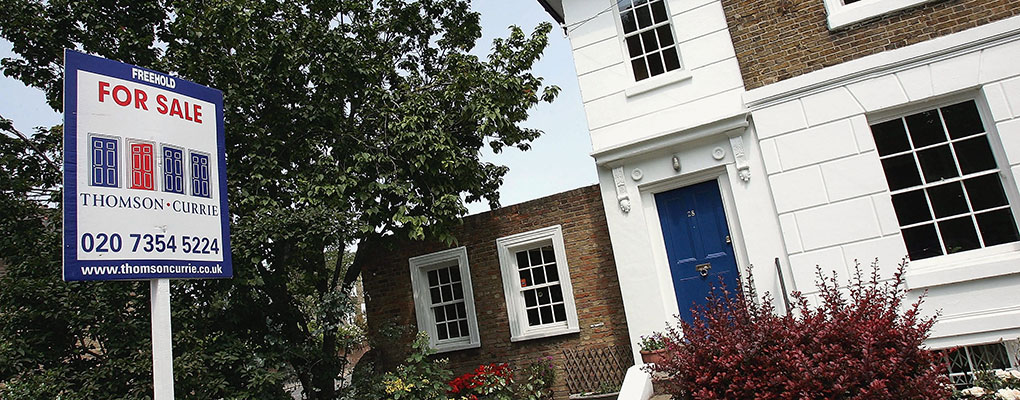
Statistics released by the US National Association of Realtors (NAR) on March 21 show that existing home sales declined significantly in February. According to the NAR, completed existing home sales “dropped 7.1 percent to a seasonally adjusted annual rate of 5.08 million in February from 5.47 million in January”.
However, it was also noted that despite this relatively large decline in February sales figures, they were still up 2.2 percent on existing home sales from one year ago.
A number of reasons have been cited for the February’s poor showing: Laurence Yun, Chief Economist at the NAR, cited weather factors in some regions, noting how “the lull in contract signings in January from the large East Coast blizzard, along with the slump in the stock market, may have played a role in February’s lack of closings”. At the same time, however, he contended that the main issue was likely due to a lack of supply and affordability. “Finding the right property at an affordable price is burdening many potential buyers.”
The latest data, however, also suggests that the US economy may be facing growing weakness – or at least it is increasingly perceived to be by US consumers and households.
According to the NAR, the slowdown in sales can also be attributed to an increasingly pessimistic outlook for the US economy among Americans, as “there appears to be some uneasiness among households that the economy is losing some steam”.
Recently released results from the Michigan Index of Consumer Sentiment – which tracks consumer confidence – for February 2016 showed an increasingly glum outlook from US consumers, measured against sentiment in the past few months as well as year-on-year figures. Furthermore, the NAR’s quarterly Housing Opportunities and Market Experience (HOME) survey for March 2016 found that households were increasingly wary of how the US economy was performing. In a press release announcing the HOME survey’s results, the NAR noted that “among all households in the survey, less than half believe the economy is improving (48 percent), down from 50 percent in last quarter’s survey”.


